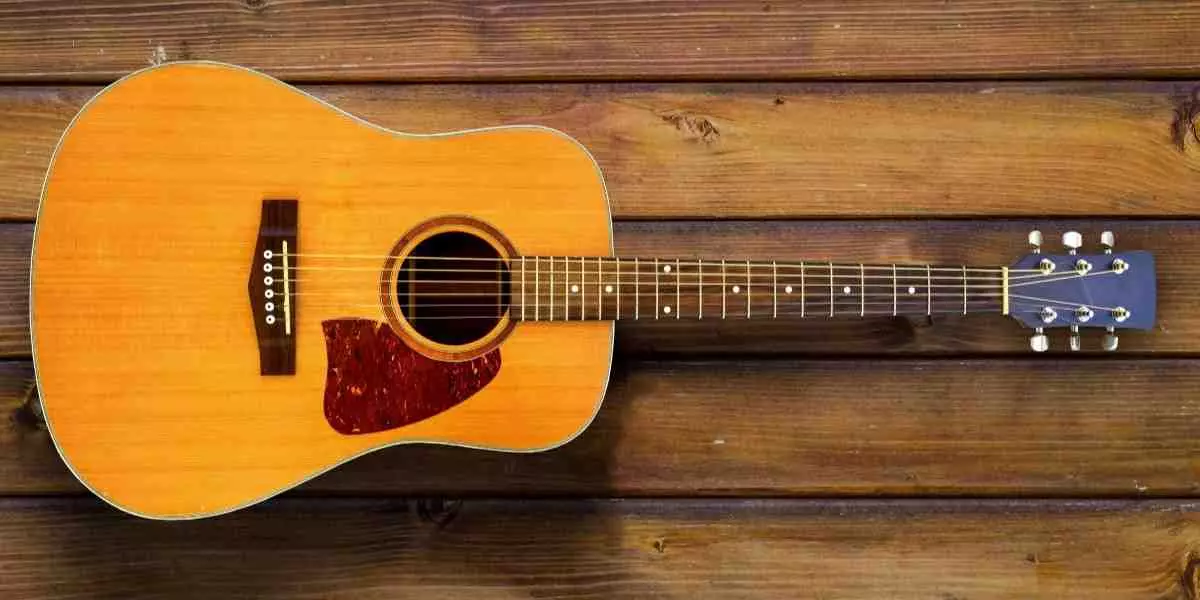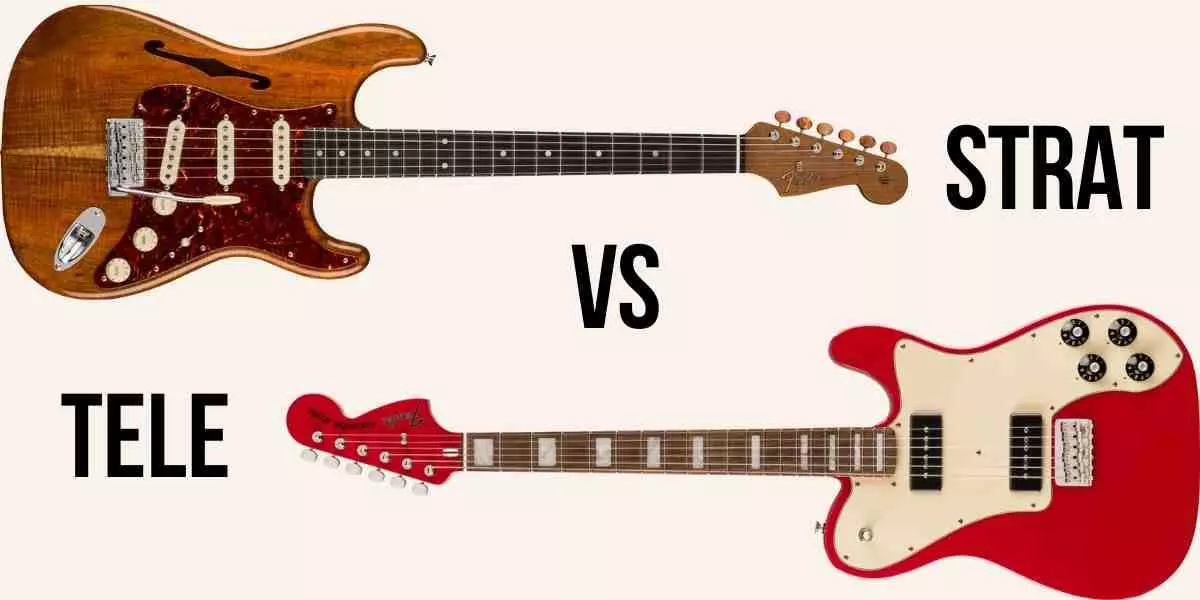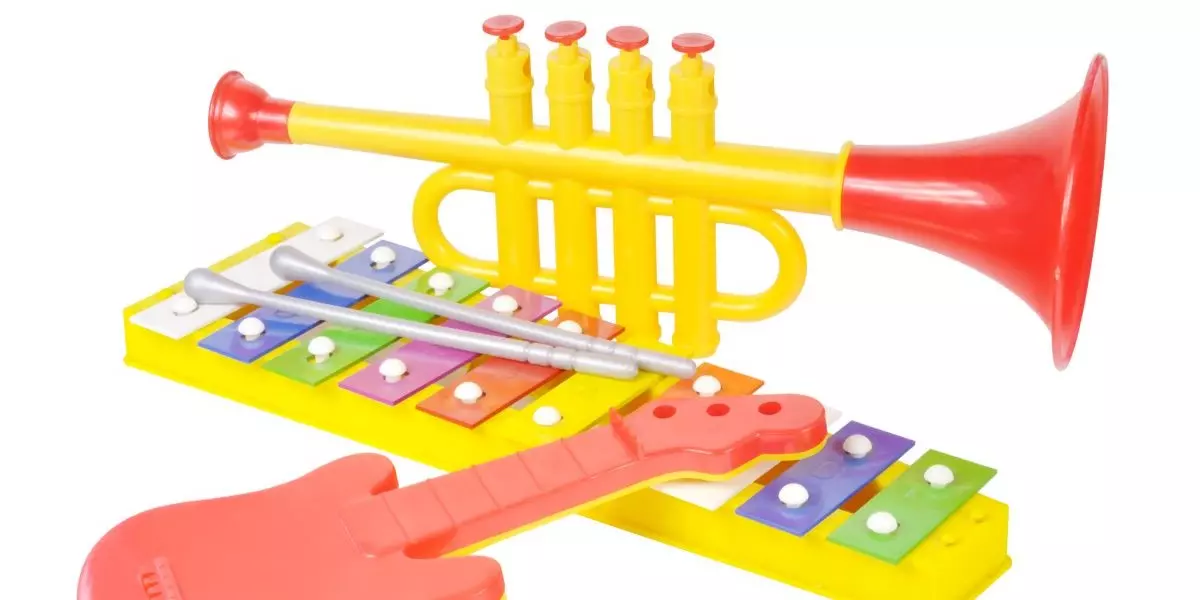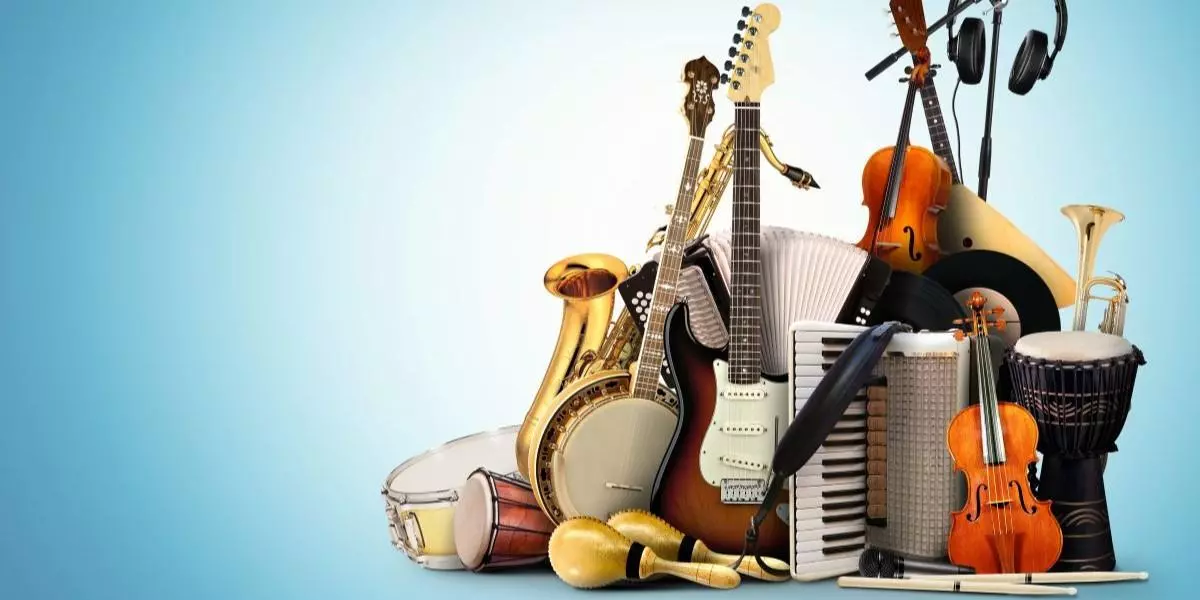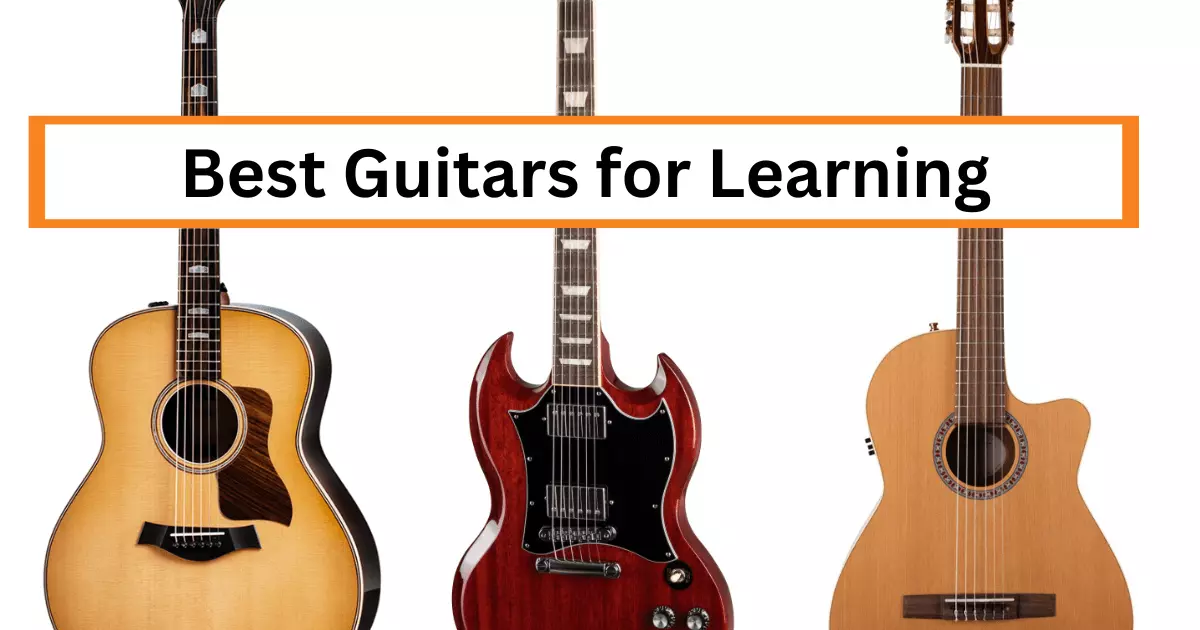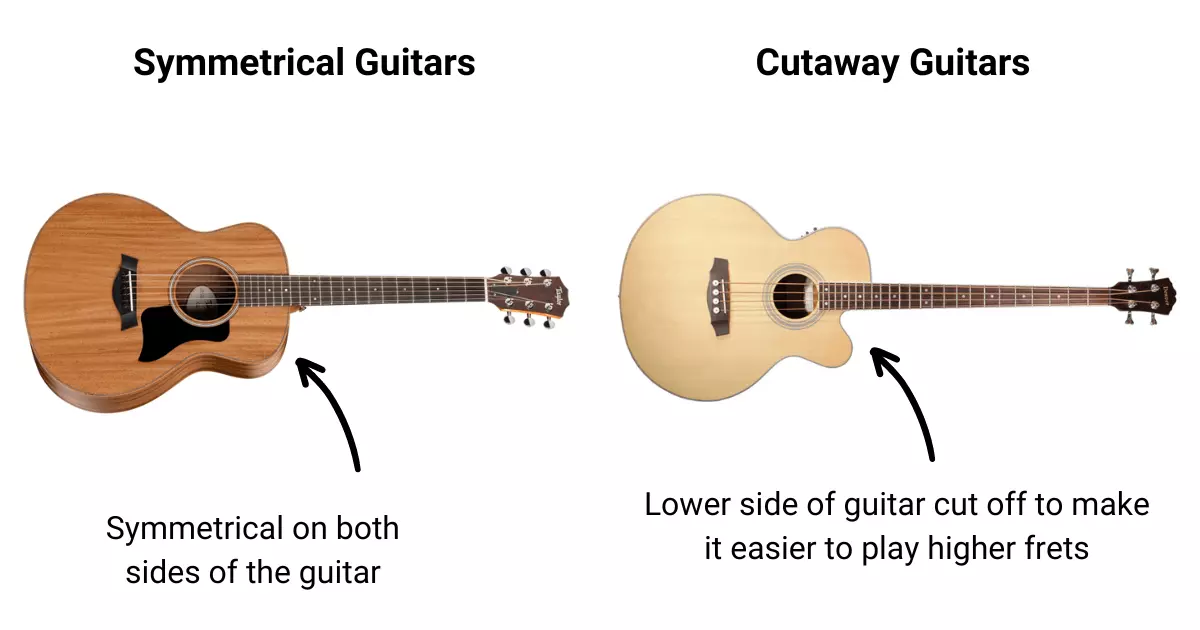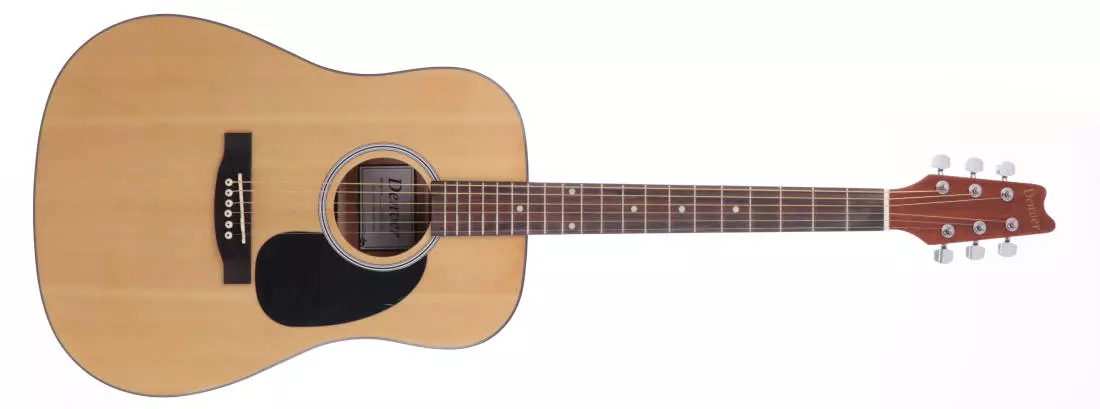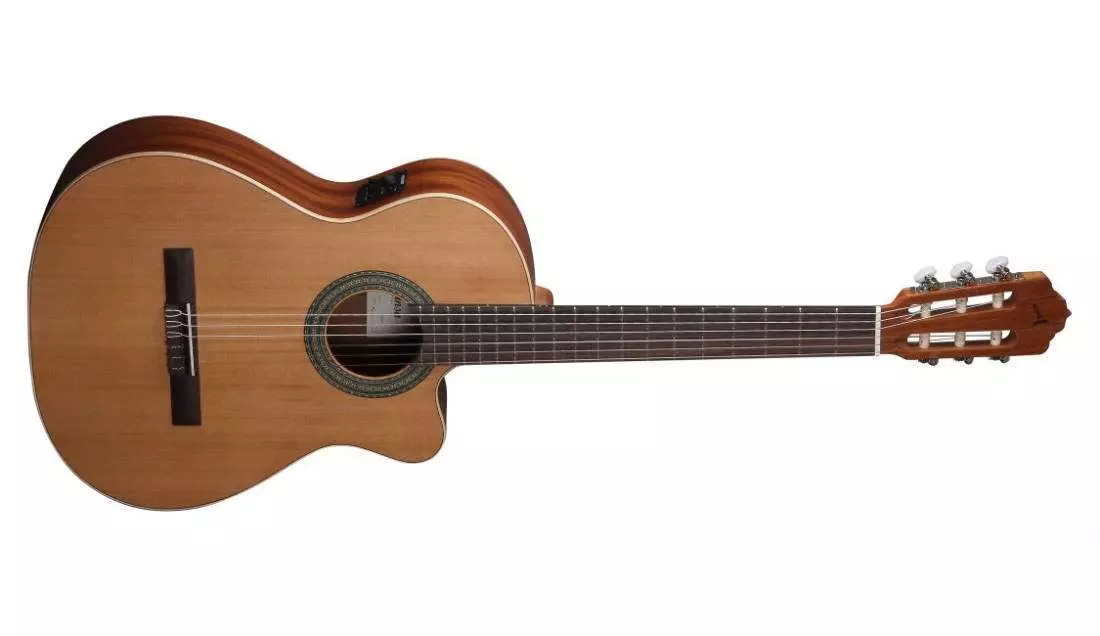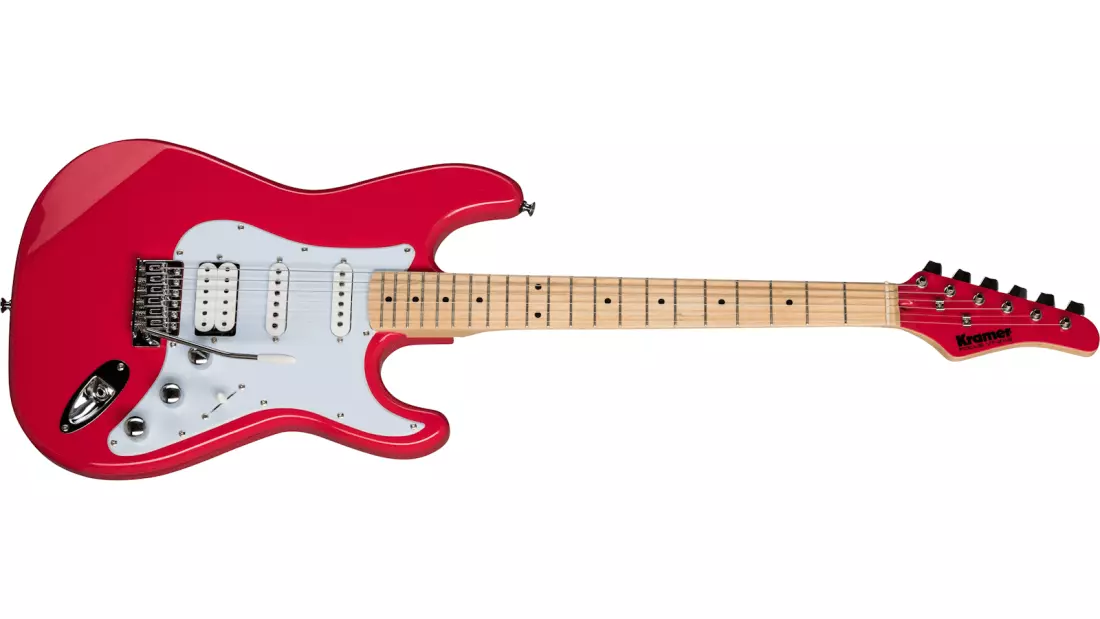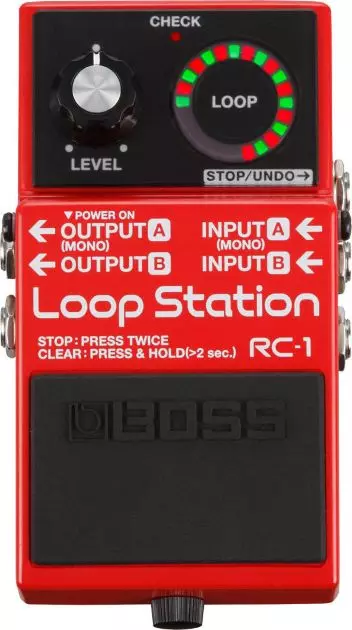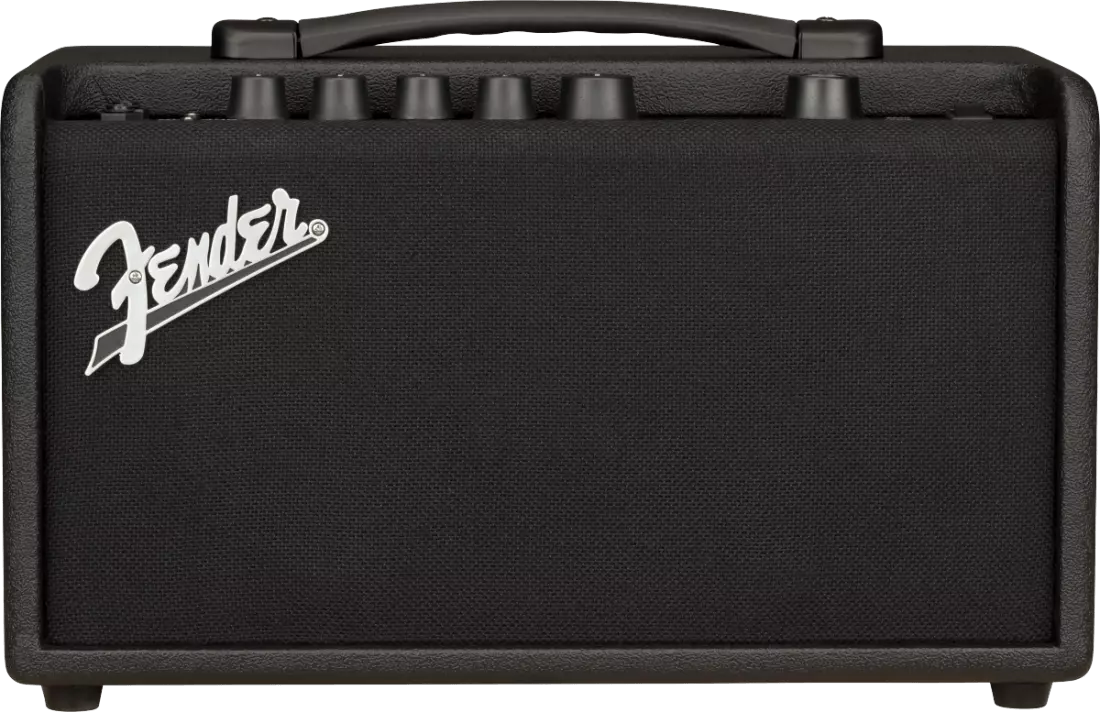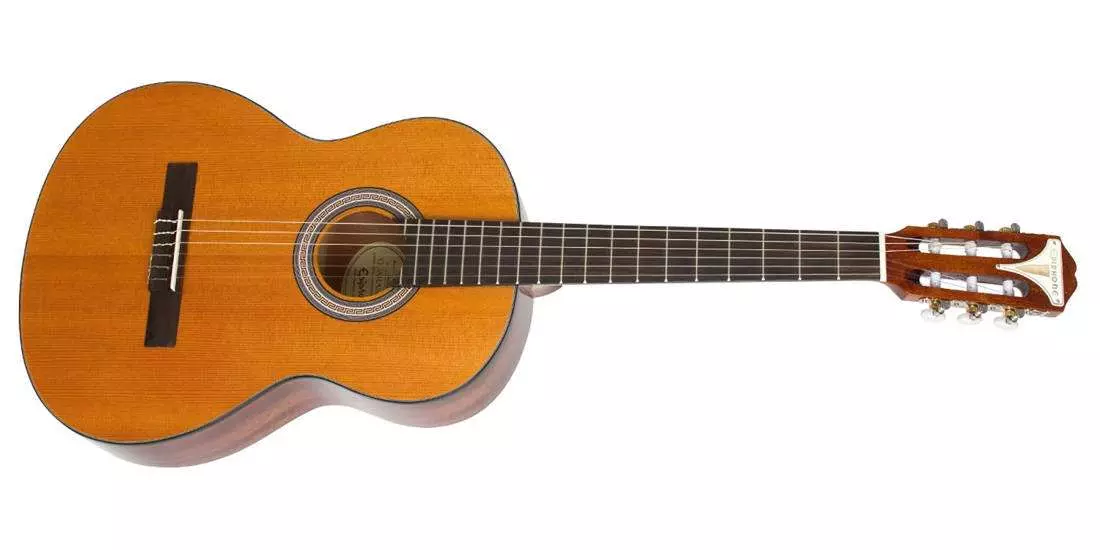Choosing the Right Guitar
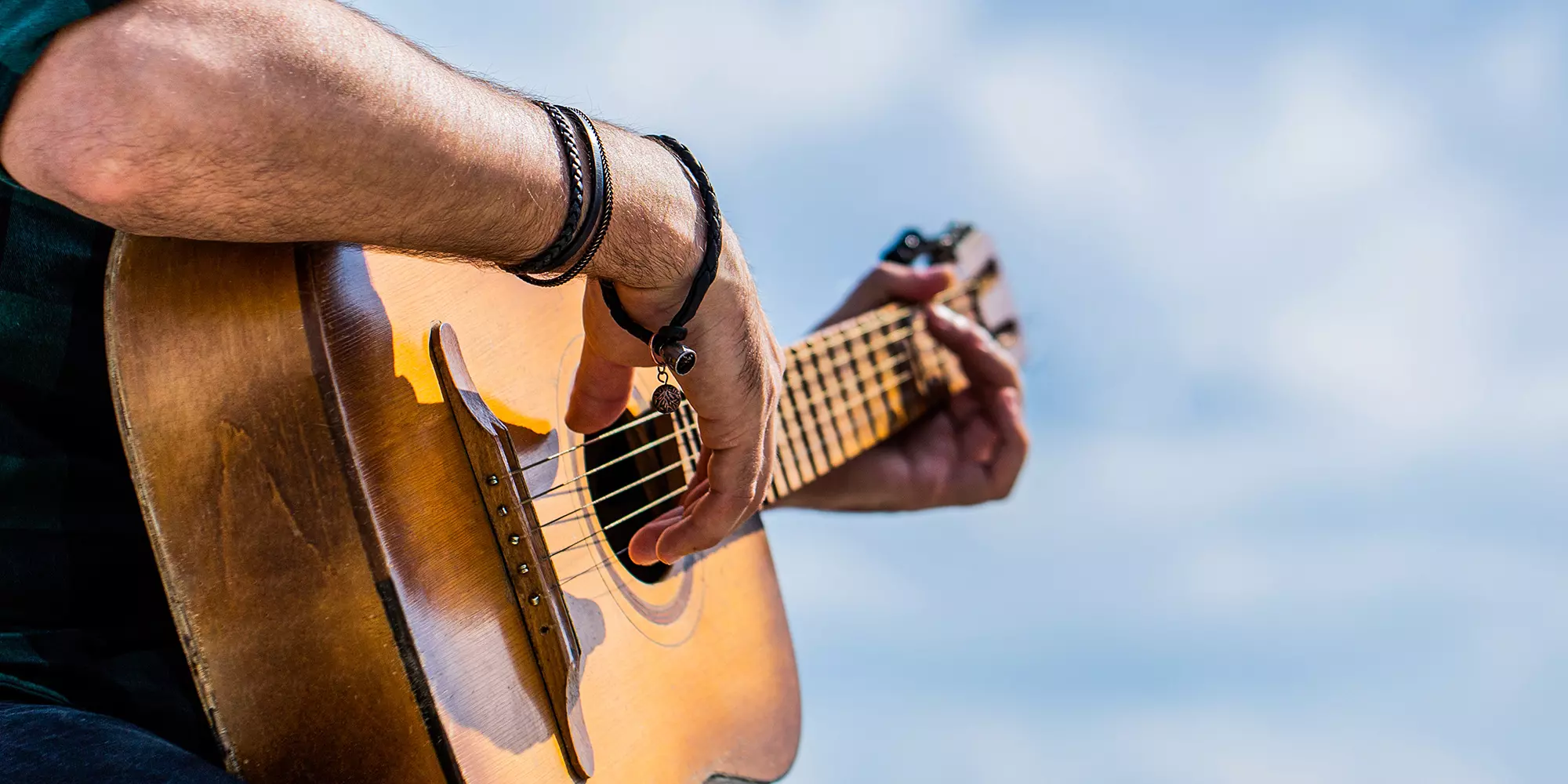
Updated on: December 27, 2024
So, you’ve been thinking about learning a new musical instrument and selected the guitar. Maybe you saw one at a friend’s house last month, which sparked your curiosity. Or, you came across someone playing a cover of your favourite song on YouTube and thought, “Well, I could probably do that.”
You’ve finally decided to take the plunge and learn the guitar. But there’s just one problem: which guitar is right for you? Figuring out “what is the best guitar?” can be overwhelming, but don’t worry- here at Long and McQuade, we’ve got you covered!
Here’s everything you need to know about finding the right guitar for you, whether acoustic, classical or electric.
Types of Guitar Options
The three main types of guitars that are best for learning are acoustic (steel string), classical (nylon string), and electric. Bass guitars are another option, but they are a separate category of beasts to learn.
Choosing the best guitar for you depends on you! Ask yourself what is your goal with playing guitar, which will determine which guitar you should choose.
- Are you a singer looking to accompany yourself?
- Is your ear drawn to the tasty riffs of your favourite musical artist?
- Do you want to take guitar lessons or use books to teach yourself?
The more you know about what you want to learn, the easier it is to choose the right guitar. We’re going to go through the main questions you need to ask yourself, and by the end of this article, we are confident you’ll understand the right type of guitar for you.
Acoustic (Steel String) Guitar
Chances are you might have even picked one up at a neighbour’s home and strummed it once or twice before putting it back down and running away. Almost everyone and their grandma has at some point owned and then lost, or let fall to waste, an acoustic guitar.
Steel-string acoustic guitars are the most common type of guitar beginners purchase. They are the primary starting place for most guitarists. Acoustic guitars have traditional hollow bodies and narrow necks, stung with steel strings and usually made of wood. They do not require amplification or power and can easily be played anywhere.
They are one of the most popular instruments on which to learn music. They also are a great gateway into other types of guitars because they help you build a solid foundation of music theory knowledge (learning chords to play songs) and rhythm (learning how to strum along to your favourite tunes) that will only advantage you as you learn other instruments.
The acoustic guitar is prominent in folk, country, and bluegrass music and also colours the tunes of rock, pop, and blues music. Many musicians like Joni Mitchell, Robert Johnson, and Tracy Chapman have played acoustic guitars. Bob Dylan is famous for playing a Martin 00-17 (similar to the Martin 00-15m) and a Martin D-28.
Acoustic Body Shape and Sizes
The acoustic guitar comes in various body shapes and sizes; what you choose depends on the acoustic sound you’re looking for and what is most comfortable.
When choosing a body shape, you can choose between a symmetrical or cutaway guitar body. Symmetrical guitars have equal proportions on both the left and right sides of the guitar. Cutaway guitars have a piece of the instrument cut off (hence the name), making it easier for the musician to play lower down the neck.
The size of the guitar is an important consideration for every musician.
Bigger body shapes like the Jumbo series give you a fuller sound and can be great for genres like country, pop, or rock. However, they can be challenging to play if you have shorter arms or a smaller stature.
Something smaller than the Jumbo is the classic Dreadnought guitar. A dreadnaught is the classic of all guitar sizes. Similar to the jumbo, they are large and bulky but provide a rich, full sound at the lower end of the notes.
Smaller body shapes, such as the mini series, have beautiful clarity in sound in the higher frequency range, so they can be great if you’re looking to play more fingerstyle or folk. They are also a bit more comfortable to sit with, especially if you play in an informal setting (like your couch).
Acoustic Guitars are Great For Beginners
An acoustic guitar is a great place to start learning basic fundamentals, like how to develop good strumming and picking patterns. You can also get better at transitioning between chords so you can play a song in full.
The acoustic guitar is a great instrument to start learning if you’re just dipping your toes into the guitar world and want to lay down a basic musical foundation. It can get you started with more than enough skills to get you strumming at the campfire or a local open mic stage.
The Denver DD44S is an excellent choice for a beginner want to learn acoustic guitar. For kids wanting a smaller size, it is also available in ½ size and ¾ size.
It can be great for beginners keen to learn to play an instrument quickly and aren’t looking for an in-depth musical education. An acoustic guitar is also the best option for singers who want to accompany themselves or burgeoning songwriters who wish to add music to their written lyrics.
A traditional saying coined by Harlan Howard that country music is just ‘three chords and the truth.’ You only need three chords with the acoustic guitar, and you’re well on your way to writing and playing like the greats.
Classical (Nylon String) Guitar
Think of the classical guitar as the historic older sibling of the acoustic guitar; it has much older roots and has been around since the 16th century. Suppose you are someone who thrives on traditional academic structures and wants to build a well-rounded and thorough musical education. In that case, you’ll most likely enjoy learning to play the classical guitar.
A genre in and of itself, classical is a distinct playing style that has evolved through centuries. By learning classical guitar, you are gaining a tremendous and deep foundation, and you will most likely learn to read written music—your daily or weekly lessons with scales and finger exercises.
The Almansa A-400 Classical Cutaway Guitar with a cedar/laminated mahogany and matte finish.
Of course, you can practice guitar lessons with acoustics and electric guitars, but they aren’t as necessary for those particular playing styles. Classical songs are some of the most challenging and rewarding pieces to play. You will thoroughly enjoy feeling the coordination between your left and right hand develop as you play increasingly tricky pieces.
Classical guitar is a great starting point for young musicians who wish to establish a bedrock foundation or older players who want to stimulate their brains in a new way while playing.
Electric Guitar
The electric guitar (aka the rebellious cousin of the acoustic) hit the scene in the 1930s and boy did it make a splash. The electric guitar is now a widely popular instrument and one of the most exciting to start learning on.
Electric guitar was primarily used in the jazz genre through the 1930s but it rose further to prominence and became a staple of the popular music genre in the 50s and 60s. Now we find the use of electric guitar across genres like rock, blues, country, pop, jazz, metal and folk.
The Kramer Focus VT-211S is an excellent choice for any guitarist, especially beginners!
It is strung with steel strings and uses much lighter guitar string gauges than an acoustic. For this reason, it is easier to play and won’t cause as much finger fatigue when practicing. You will also have a great time travelling up and down the neck at faster speeds because of the light strings and slim neck design.
Holding down basic chords is easier because of the lower tension in the strings. You will never run out of ways to explore the plethora of ‘riffs’ and ‘‘licks’ that exist from decades of rich music catalogues, including the famous rock music genre. The body size of electric guitars tends to be smaller than that of acoustics, which also adds to the comfort of playing. Electrics come in three main types: solid bodies, semi-hollow bodies and hollow-body guitars.
An electric guitar can be a great instrument if you want to jam with others or want to rip a solo and feel like a rock God/Goddess. In this case, you’ll enjoy learning the different types of pedals that can alter and enhance your tone. Reverb, delay, chorus (to name a few), and the list continues.
The BOSS RC-1 Loop Station is the simplest and most user-friendly loop station.
The electric guitar encourages experimentation while learning a new instrument and playing style. You’ll find curious adventures with every new song as you try to lift particular sounds and replicate them on your pedals at home. Using an electric guitar is never dull; the treasure hunt for rocking those killer riffs never ends.
Electric Guitar Amplification
Electric guitars do need some kind of amplification. With amps, there are many different sizes, shapes and power needs. The first step is choosing an amp for your type of instrument: electric, acoustic-electrics, or even bass. Assuming you're reading this, you're looking for an electric amp.
The next step is to determine how much power you need. Professionals who tour or play at grand outdoor festivals will require more power than a beginner who has a simple at-home setup in their room. The amplifier's wattage will tell you how powerful it is.
Amplifiers under 30 watts are the perfect starter amp for beginners looking to dip their toes with electric guitars. Small amplifiers like the Fender Frontman 10G are compact yet loud enough to rock the house! For guitarists looking for more advanced features or power, anything over 50 watts is a great and powerful option. It all depends on what you need for your situation.
The Fender Mustang LT40S amplifier is ideal for practicing and jamming at home with a rich feature set.
Nylon Strings vs Steel Strings - Which is Right for You?
Guitars are strung with either nylon or steel strings. If you buy an instrument with nylon strings, it is not recommended that you swap out the strings for ones made of steel. Each guitar is built differently to accommodate a specific amount of tension, and switching the type of string risks damaging the instrument.
Choosing nylon strings vs. steel strings depends on what musical style you want to play. However, it may be better for beginner players to start with nylon strings regardless of the style you are trying to learn.
Nylon strings are generally much easier to play and get used to. Nylon strings are softer and lighter, so they are easy to press down, allowing more comfort as you move through the initial period of learning chords and building calluses on your fingers. Nylon string guitars traditionally have wide necks, but a few brands make nylon strings with narrow necks. These can be great if you eventually transition to steel string and want to get accustomed to the narrower neck.
The Epiphone E1 is a great example of a beginner nylon string instrument with a thinner neck that is more similar to a folk or electric.
So, Which Guitar Should You Get?
To circle back on where we started, learning guitar is a great adventure but the only person who can tell you which direction to take is you! The best place to start is with the sound of your favourite artist, the one who inspires you to learn.
Try to listen to the songs you enjoy and figure out what about them interests you. If you are finding yourself naturally drawn into a style of music then you should lean in and try to understand why. Decide upon the skills you want to develop. It can help to picture yourself down the road as a guitar player and try to imagine what you will look like.
Ask yourself what style are you playing, who do you want to sound like, or what ability do you have? If you’re still uncertain what might be the best guitar for you then don’t be afraid to ask for help. At Long and McQuade we’re available to answer any and all questions you have about starting your guitar journey and we’re just one call away! You can also visit your local store to get a feel for which instrument most speaks to you.

